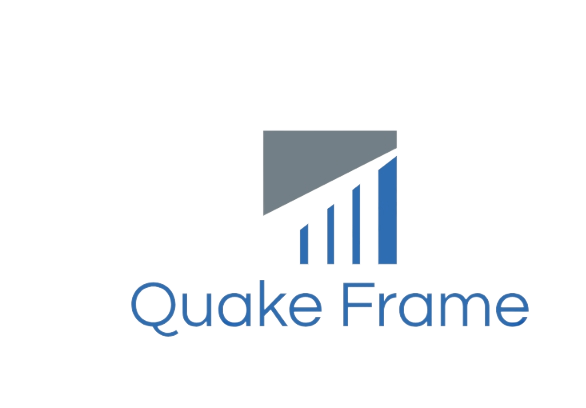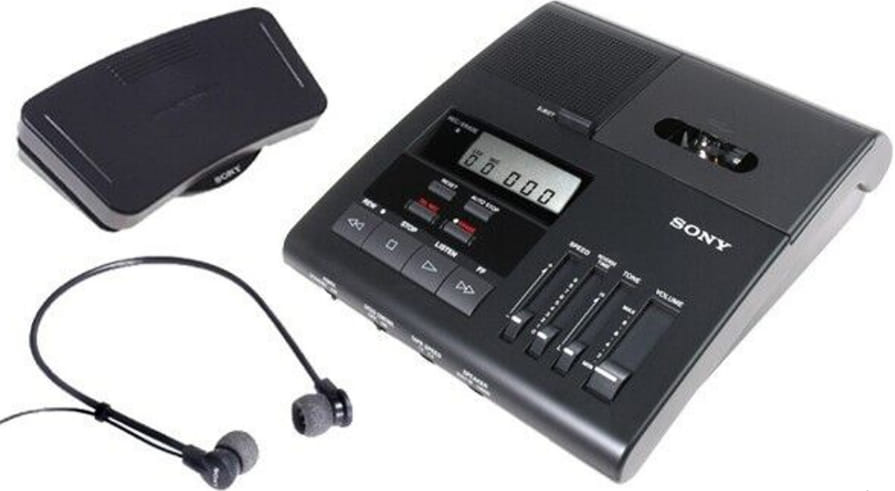A transcription machine is an invaluable tool in a variety of sectors, enhancing efficiency and precision when converting audio or video recordings into written text. Whether in medical, legal, or business environments, the benefits of using transcription technology are numerous, offering significant time-saving advantages.
Medical Transcription
One of the primary applications of a transcription machine is in the medical field. Doctors, nurses, and other healthcare professionals frequently rely on this equipment to transcribe patient notes, dictations, and other medical records.
This not only streamlines patient care documentation but also reduces the likelihood of errors in medical records. The ability to convert voice notes into text efficiently allows medical professionals to focus on patient care rather than administrative tasks.
Legal Transcription
In the legal profession, transcription machines play a vital role in ensuring accurate documentation of legal proceedings. Lawyers, paralegals, and court reporters use transcription equipment to transcribe trial sessions, depositions, and client meetings.
This application ensures that every word spoken during legal proceedings is recorded accurately and can be referenced later. It also helps in preparing legal documents such as contracts, agreements, and witness testimonies.
Business and Corporate Use
Business professionals are increasingly turning to transcription machines to streamline meetings, conferences, and brainstorming sessions. Audio recordings of meetings can be transcribed quickly, providing teams with accurate records to refer back to.
These transcripts are invaluable for decision-making and project management, and for ensuring that all team members are on the same page. Additionally, transcribing interviews and customer calls provides organisations with insights into their customers’ needs and concerns.
Academic Transcription
Transcription machines are also commonly used in academic settings. Professors, researchers, and students benefit from this technology when transcribing lectures, interviews, or focus group discussions. By transcribing research data or class lectures, students can revisit information more easily, and researchers can analyse data without the need to manually review lengthy recordings.
Media and Content Creation
Journalists, content creators, and media professionals use transcription machines to convert interviews, podcasts, and speeches into written content. This transcription process is vital for creating articles, reports, or even subtitles for videos. The quick turnaround provided by transcription equipment ensures that content can be shared in multiple formats, reaching a wider audience.
In conclusion, the applications of a transcription machine are vast and varied across different industries. From healthcare to media, this technology enhances productivity, ensuring accuracy and saving time.

